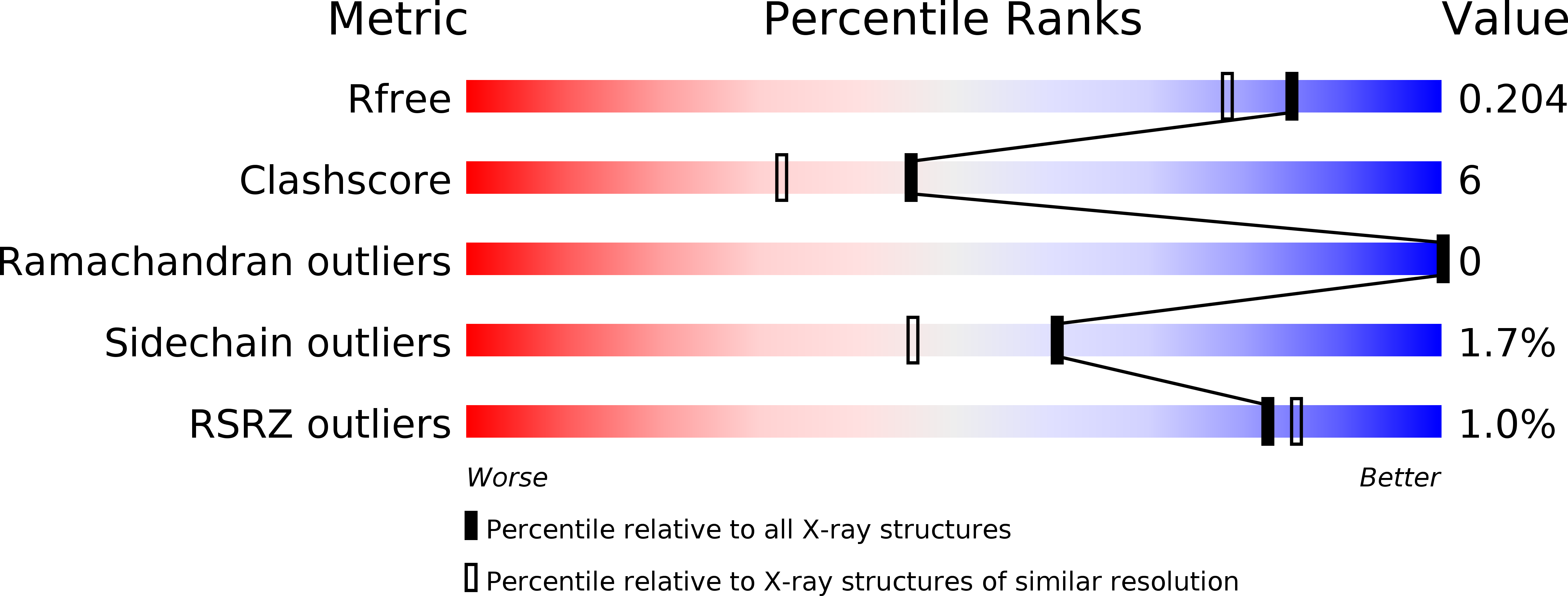
Deposition Date
2018-12-16
Release Date
2019-04-10
Last Version Date
2023-11-22
Entry Detail
PDB ID:
6IYH
Keywords:
Title:
X-ray sequence and high resolution crystal structure of Persian sturgeon methemoglobin
Biological Source:
Source Organism:
Acipenser persicus (Taxon ID: 61968)
Method Details:
Experimental Method:
Resolution:
1.70 Å
R-Value Free:
0.19
R-Value Work:
0.15
R-Value Observed:
0.15
Space Group:
I 1 2 1


